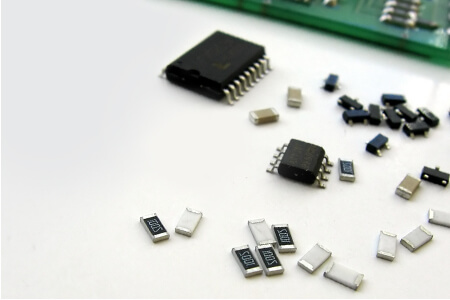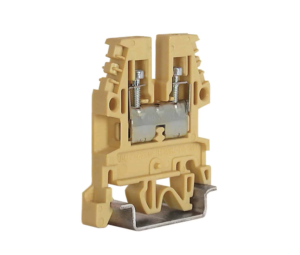Active vs Passive Electronic Components - What Are They?

In industrial automation, electronic components are pivotal, driving and regulating diverse systems. Among them, two key categories stand out: active and passive. Understanding their disparities is important for creating effective and dependable automation solutions.
What Are Active Electronic Components?
Active electronic components are integral in industrial automation, requiring an external power source to manage electrical current within a circuit. They serve crucial functions such as amplification, switching, and signal modification.
Examples of Active Components:
- Operational Amplifiers (Op-amps)
- Microcontrollers
- Field-Effect Transistors (FETs)
What Are Passive Electronic Components?
Passive electronic components do not require an external power source to perform their functions. Instead, they primarily work by affecting the flow of electrical energy without amplification or control.
Examples of Passive Components:
- Resistors
- Capacitors
- Inductors
- Diodes
How Are They Used in Industrial Automation?
Active and passive components are integral to the design and operation of control systems. Active components, such as transistors and ICs, are often used in signal amplification, switching, and logic control circuits. Passive components, like resistors and capacitors, play crucial roles in filtering, timing, and voltage regulation within automation systems.

Source: https://quotebeam.com/search/partCategory/electronic-components/309
Differences Between Active and Passive Components:
The contrasting nature of active and passive components extends beyond their power requirements and signal control. Active components, with their intricate arrangements of internal elements exhibit greater complexity. Conversely, passive components maintain simplicity, featuring straightforward designs.
- Power Requirement: Active components rely on an external power source to function, while passive components operate without it, utilizing the circuit's energy. This distinction underscores their roles, with active components driving control processes and passive components contributing to stability.
- Signal Control: Active components actively manipulate electrical signals, amplifying, switching, or modulating them. Passive components exert a subtler influence on signal characteristics, affecting parameters like amplitude without active control.
- Complexity: Active components are often more complex, comprising multiple internal components like transistors and amplifiers. Passive components, such as resistors and capacitors, are simpler, and designed for specific tasks like filtering or voltage regulation. This difference influences design integration challenges in automation systems.
Active and passive electronic components are fundamental building blocks in industrial automation, serving distinct purposes in controlling electrical systems. By understanding their differences engineers can design efficient and reliable automation solutions tailored to specific needs.




